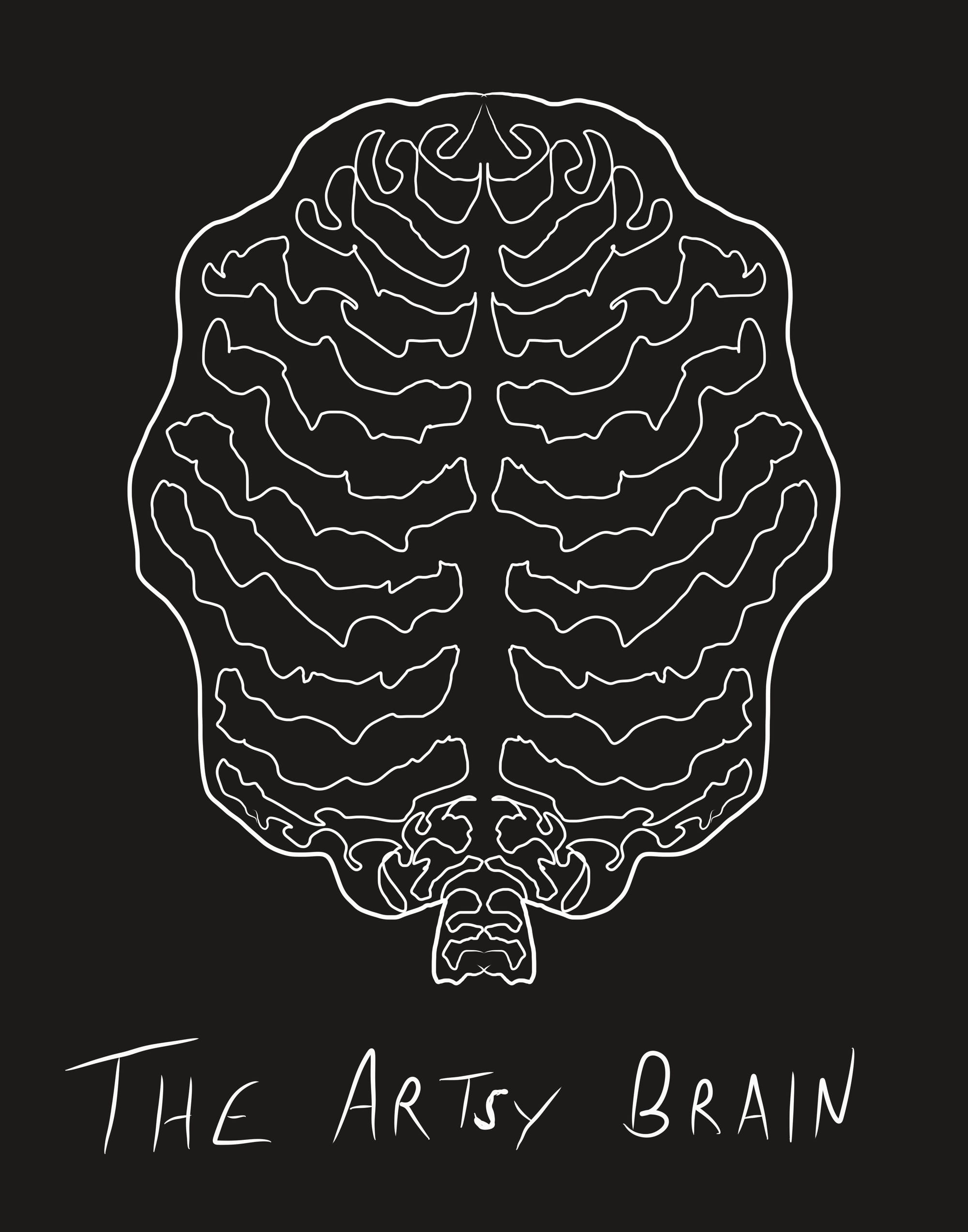My Journey with Art and AI: Finding Calm Amid Autism and Bipolar
Hello, everyone! I'm excited (and a little nervous) to share my personal story today. As someone living with autism and bipolar disorder, life can feel like a whirlwind of emotions, sensory overloads, and racing thoughts. But over the past few years, I've discovered a powerful duo that has become my anchor: art and artificial intelligence. This journey hasn't just been about creating pretty pictures, it's been a lifeline for managing my neurodivergence, helping me find focus, calm, and even joy in the chaos. Let me take you through how it all unfolded.
The Starting Point: Navigating Autism and Bipolar
For context, autism for me means heightened sensitivity to sounds, lights, and routines—disruptions can send me into a spiral. Bipolar adds mood swings that range from manic highs where I can't sleep or focus, to depressive lows that make everything feel overwhelming. Traditional therapies like medication and counseling help, but I needed something more hands-on, something creative to channel my energy.
I remember hitting a low point a few years ago during a particularly intense manic episode. My mind was buzzing with ideas, but I couldn't organize them. That's when I picked up a sketchbook again, something I hadn't done since childhood. Drawing simple patterns started as a distraction, but it quickly evolved into a ritual that grounded me.
Rediscovering Art: A Path to Focus
Art became my first tool for self-regulation. Whether it's digital illustration, painting with watercolors, or even sculpting with clay, the act of creating forces me to slow down. For my autistic side, the repetitive motions, like shading or blending colors, provide that soothing sensory input without overwhelming me. It's like white noise for my brain.
During bipolar episodes, art helps in different ways. In manic phases, it channels the excess energy into something productive, preventing me from spiraling into unproductive obsessions. In depressive phases, even a small doodle can spark a sense of accomplishment, pulling me out of the fog. Studies show that creative activities can release dopamine and reduce cortisol, but for me, it's more personal, it's about reclaiming control over my mind.
But art alone had its limits. I struggled with perfectionism (hello, autism traits!), often getting stuck on ideas or lacking inspiration. That's where AI entered the picture.
Enter AI: Amplifying Creativity and Calm
About two years ago, I stumbled upon AI tools like image generators and creative assistants while browsing online art communities. At first, I was skeptical—wouldn't this "cheat" the artistic process? But experimenting changed everything. Tools like Midjourney or Grok's image editing features (shoutout to xAI!) allowed me to visualize concepts quickly, breaking through creative blocks.
Here's how AI fits into my routine:
Idea Generation: When my bipolar brain is foggy, I prompt AI with vague ideas, like "a serene forest with abstract emotions swirling in the leaves." It spits out visuals that spark my own drawings, helping me focus without starting from scratch.
Customization and Iteration: For autism-related sensory needs, I can tweak AI-generated images endlessly—adjusting colors to avoid overwhelming hues or adding patterns that feel "just right." This iterative process is meditative, like a puzzle that calms my mind.
Therapeutic Integration: I've even used AI to create personalized affirmations or mood-tracking visuals. For example, generating art that represents my current emotional state helps me process feelings non-verbally, which is huge when words fail me.
The beauty of AI is its accessibility. No need for expensive supplies or perfect skills—it meets me where I am, whether I'm in a high-energy state or barely functioning. Combining it with traditional art creates a hybrid workflow: AI for brainstorming, my hands for the final touch.
The Impact: Calm, Focus, and Empowerment
This art-AI synergy has transformed how I manage my conditions. On tough days, diving into a project quiets the sensory overload from autism and stabilizes bipolar mood swings. It's not a cure, but it's a tool that builds resilience. I've noticed better sleep, fewer meltdowns, and even improved social interactions because I feel more centered.
Sharing my work online has connected me with others on similar journeys. I've heard from fellow neurodivergent creators who say, "This inspired me to try AI too!" It's empowering to turn personal struggles into something that helps others.
Looking Ahead: Continuing the Journey
My art and AI adventure is ongoing. I'm experimenting with more advanced tools, like AI-assisted animation, and dreaming of hosting workshops for neurodivergent artists. If you're reading this and dealing with similar challenges, I encourage you: start small. Grab a pencil, fire up an AI app, and see where it takes you. It might just become your calm in the storm.
Thanks for reading my story. I'd love to hear yours in the comments, what's your go-to for finding focus? Let's support each other on this wild ride.
Note: This is a personal reflection and not medical advice. Always consult professionals for mental health support.

